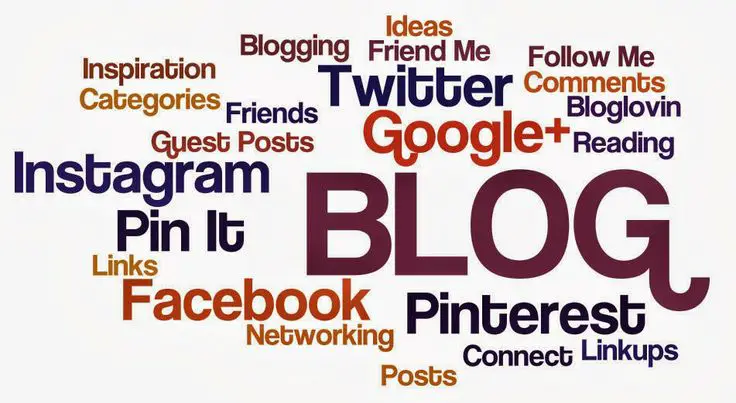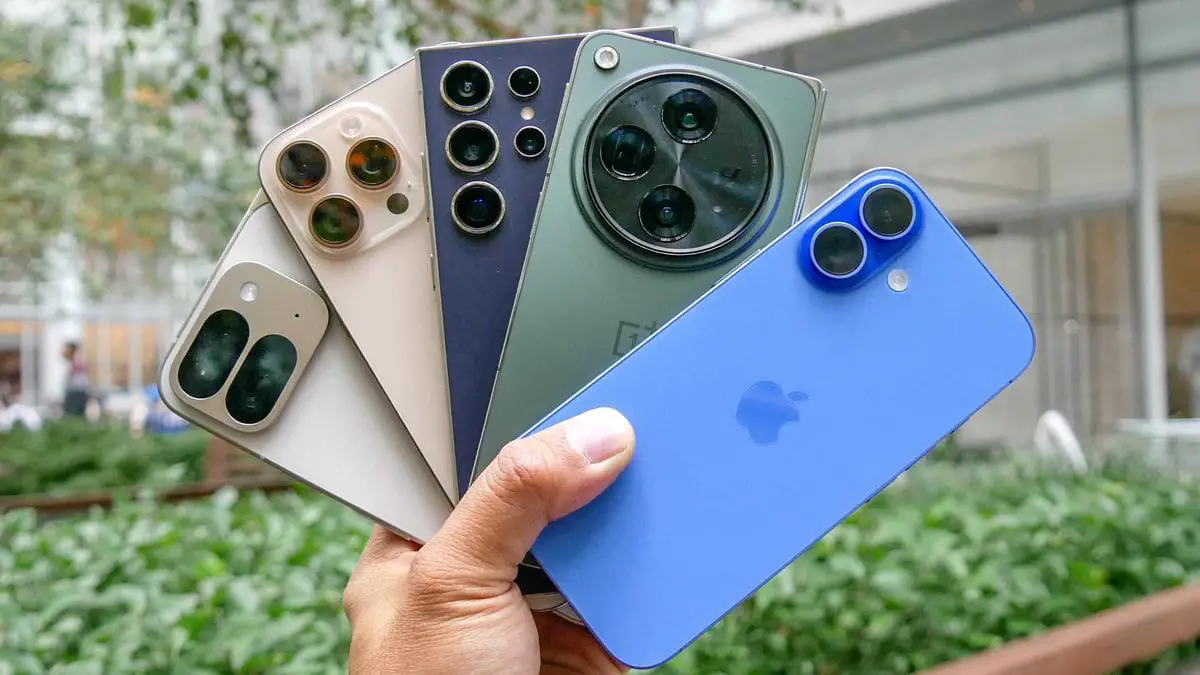Internet-based healthcare services, commonly known as telehealth or telemedicine, refer to the provision of medical and health-related services using digital communication technologies over the internet. This innovative approach aims to enhance accessibility, convenience, and efficiency in healthcare delivery. The concept of internet-based healthcare services emerged in the late 20th century, gaining momentum in the early 21st century with advancements in information technology and widespread internet adoption. The term “telemedicine” was coined in the 1970s, reflecting the initial efforts to use telecommunications for remote medical consultations. As technology continued to evolve, the 2000s witnessed a significant expansion of internet-based healthcare services, encompassing virtual doctor visits, remote monitoring, and online consultations. The advent of smartphones and high-speed internet further facilitated the growth of these services, enabling patients to connect with healthcare professionals from the comfort of their homes. In recent years, especially in the 2020s, the global COVID-19 pandemic accelerated the adoption of internet-based healthcare services as a critical tool for delivering care while minimizing physical contact. Governments, healthcare providers, and tech companies collaborated to develop and implement telehealth solutions, transforming the landscape of healthcare delivery and emphasizing the role of digital platforms in shaping the future of medical services.
In the rapidly advancing landscape of healthcare, Internet-based services have emerged as a transformative force, reshaping how individuals access and receive medical care. This article delves into the evolution of Internet-based healthcare services, examining key platforms, technologies, and innovations that have paved the way for a new era in healthcare delivery. From telemedicine to health apps and remote monitoring, we will explore the timeline and impact of these services on the healthcare industry.
1. Telemedicine: Bridging the Distance (2000-2010)
The first significant stride in Internet-based healthcare services was the advent of telemedicine. The early 2000s witnessed the deployment of telehealth platforms, connecting patients with healthcare professionals remotely. Services like Teladoc (founded in 2002) provided a virtual avenue for consultations, enabling patients to access medical expertise without the need for physical visits. This era set the stage for the broader integration of technology into healthcare, reducing geographical barriers and improving accessibility.
2. Mobile Health (mHealth): Healthcare in Your Pocket (2008)
The advent of smartphones paved the way for mobile health applications, transforming the way individuals manage their health. mHealth apps offer features such as symptom tracking, medication reminders, and fitness monitoring. They empower users to take an active role in their well-being, fostering a more proactive approach to healthcare.
3. Electronic Health Records (EHRs): Digitizing Patient Information (2010)
Electronic Health Records have revolutionized healthcare by digitizing and centralizing patient information. Internet-based EHR systems facilitate seamless information exchange among healthcare providers, ensuring coordinated and comprehensive patient care. The transition from paper-based records to EHRs has streamlined administrative processes and improved data accuracy, leading to enhanced patient safety.
4. Health Apps: Putting Wellness in Your Hands (2010-2015)
As smartphones became ubiquitous, the healthcare industry saw the rise of health applications. These apps, ranging from fitness trackers to symptom checkers, empowered users to actively manage their health. MyFitnessPal (launched in 2005) and Fitbit (founded in 2007) were pioneers in the health app space, offering personalized insights and encouraging healthy behaviors. The convergence of mobile technology and healthcare marked a paradigm shift, fostering a culture of proactive health management.
5. Wearable Technology: Beyond the Smartphone (2012-2017)
The next evolution in Internet-based healthcare services came with the integration of wearable technology. Devices like the Apple Watch (released in 2015) and Fitbit expanded the scope of health monitoring, allowing users to track vital signs, activity levels, and even receive real-time health alerts. These wearables not only provided personalized health data but also facilitated continuous monitoring, enhancing preventive care and early intervention.
6. Health Information Exchange (HIE): Facilitating Interoperability (2012)
Health Information Exchange platforms enable the secure sharing of patient information among healthcare organizations. By promoting interoperability, HIEs enhance care coordination, reduce duplicate tests, and improve the overall efficiency of the healthcare system. The implementation of standardized protocols ensures the secure and standardized exchange of data between different healthcare entities.
7. Remote Patient Monitoring (RPM): Real-time Health Surveillance (2014)
Remote Patient Monitoring leverages connected devices to collect and transmit patient data to healthcare providers in real-time. This technology enables continuous monitoring of vital signs, chronic conditions, and postoperative recovery. RPM not only enhances patient outcomes but also reduces hospital readmissions by providing early intervention opportunities.
8. Telehealth Maturity: Rise of Comprehensive Virtual Care (2015-2020)
The latter half of the 2010s witnessed the maturation of telehealth services. Established platforms like Doctor On Demand (founded in 2013) and Amwell (established in 2006 as American Well) offered a comprehensive suite of virtual care services, including mental health consultations, chronic disease management, and prescription refills. This period marked a turning point as regulatory frameworks adapted to accommodate the growing role of telehealth in mainstream healthcare delivery.
9. Artificial Intelligence (AI) in Healthcare: Precision and Personalization (2017-2022)
Artificial Intelligence (AI) became a driving force in Internet-based healthcare services, offering unprecedented capabilities in diagnostics, treatment planning, and personalized medicine. IBM’s Watson Health (launched in 2015) and Google’s DeepMind Health (introduced in 2016) exemplify the integration of AI into healthcare systems, improving diagnostic accuracy, and facilitating data-driven decision-making. The marriage of AI and healthcare data ushered in a new era of precision medicine, tailoring treatments to individual genetic profiles.
10. Wearable Health Technology: Beyond Fitness Tracking (2018)
Wearable devices have evolved from simple fitness trackers to sophisticated health monitoring tools. These devices, such as smartwatches and fitness bands, continuously collect data on physical activity, sleep patterns, and even vital signs. The integration of these wearables with mobile apps provides users and healthcare providers with actionable insights for preventive care.
11. Virtual Reality (VR) and Augmented Reality (AR) in Healthcare (2020)
Virtual and augmented reality technologies have found applications in healthcare, offering immersive experiences for both patients and healthcare professionals. VR aids in pain management, exposure therapy, and surgical training, while AR enhances medical education, enabling surgeons to visualize anatomy during procedures.
12. Pandemic Acceleration: Telehealth’s Crucial Role (2020-2022)
The COVID-19 pandemic acted as a catalyst, accelerating the adoption of Internet-based healthcare services. With lockdowns and social distancing measures in place, telehealth became a vital lifeline for patients and providers alike. Telemedicine platforms experienced an unprecedented surge in usage, highlighting the resilience and effectiveness of virtual care during times of crisis. The pandemic not only solidified telehealth’s role in routine care but also prompted a reevaluation of traditional healthcare delivery models.
13. Blockchain in Healthcare: Securing Data and Enhancing Trust (2022 and Beyond)
Looking ahead, blockchain technology is poised to play a significant role in Internet-based healthcare services. Blockchain’s decentralized and secure nature can address data interoperability challenges, ensuring the integrity and privacy of healthcare information. Initiatives like MedicalChain and Guardtime Health are exploring the potential of blockchain to create tamper-resistant health records, streamline data sharing, and enhance patient trust in the digital healthcare ecosystem.
The evolution of Internet-based healthcare services reflects a dynamic interplay between technological innovation, societal needs, and healthcare delivery models. From the early days of telemedicine to the current era of AI-driven precision medicine, the journey has been marked by transformative advancements. As we move forward, the integration of technologies like blockchain, coupled with ongoing advancements in AI and remote monitoring, will continue to shape the future of healthcare, fostering a more accessible, personalized, and resilient healthcare ecosystem.
Conclusion
Internet-based healthcare services have emerged as transformative agents in the healthcare landscape, offering unprecedented accessibility, convenience, and efficiency. The convergence of technology and healthcare has facilitated remote consultations, telemedicine, and health information dissemination, fostering a paradigm shift in patient care. The widespread adoption of digital platforms has bridged geographical gaps, enabling individuals to seek medical advice and support from the comfort of their homes. Furthermore, the integration of artificial intelligence, data analytics, and remote monitoring tools has enhanced diagnostic accuracy and personalized treatment plans. Patients can now actively engage in their health management through online portals, accessing medical records, scheduling appointments, and receiving real-time updates. This evolution towards digital healthcare not only optimizes resource utilization but also improves patient outcomes by minimizing delays in diagnosis and treatment. However, challenges such as data security, regulatory frameworks, and the digital divide need continuous attention to ensure the ethical and equitable implementation of Internet-based healthcare services. As technology continues to advance, the synergy between healthcare and the digital realm holds immense potential for revolutionizing the industry, ultimately contributing to a more accessible, patient-centric, and efficient healthcare ecosystem.







Leave a Reply